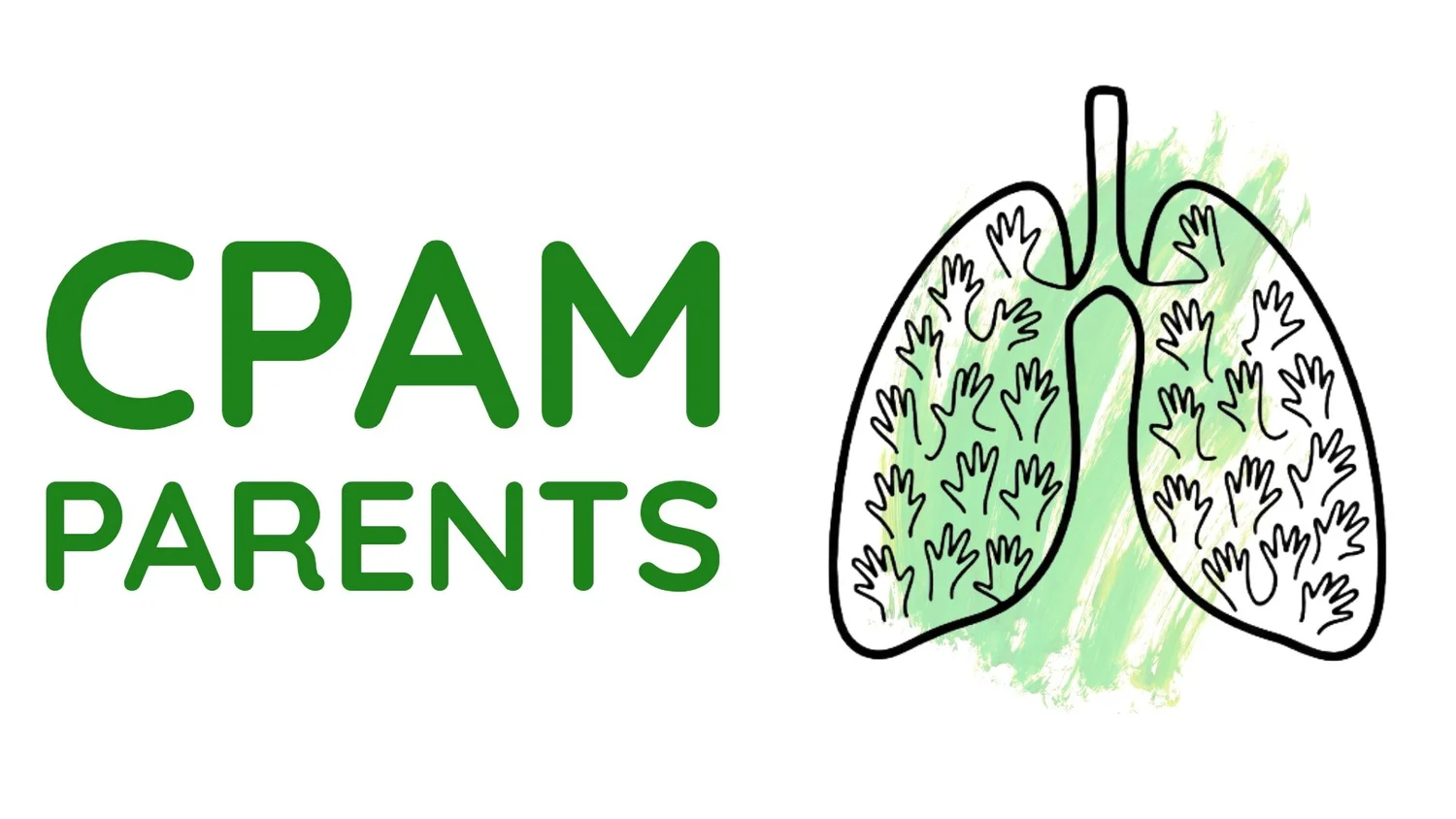4/ Kayla’s story
Home > Family Stories > Kayla’s story
After two miscarriages, a mother's third pregnancy brought both hope and fear when her daughter was diagnosed with CCAM (now called CPAM) at 20 weeks. Born early at 35 weeks, Kayla was asymptomatic and underwent a successful surgery at three months old. Now a happy healthy eleven year old, Kayla is thriving with no long-term effects.
When I became pregnant with my daughter in 2013, it was my third pregnancy but my first child. I had experienced two miscarriages before, so from the very beginning, I carried both hope and worry in equal measure. Everything about this pregnancy felt fairly normal, until the day it didn’t.
The Diagnosis
At my 20 week anatomy scan, the doctor noticed something unusual in her chest. We were told she had Congenital Cystic Adenomatoid Malformation (CCAM, now called CPAM). Her starting CVR was 0.53, which later increased to 0.76 at 23 weeks and then dropped to 0.62 by 25 weeks.
By 28 weeks, something incredible happened. The lesion became immeasurable, and her heart and diaphragm shifted back into their normal positions. By 31 weeks, the lesion could no longer be seen on ultrasound or X-ray. We were cautiously optimistic but still terrified. Every appointment felt like a waiting game between relief and new anxiety. I didn’t need any interventions during the pregnancy, but emotionally, it was heavy. I bought a Doppler so I could listen to her heartbeat whenever the worry crept in.
If I could give one piece of advice to parents newly facing this diagnosis: stay off Google. It only feeds the fear. Stick with your medical team and find comfort in faith, family, or whatever grounds you. For me, prayer and family got me through.
The Birth
Despite all the progress, I developed preeclampsia, and my daughter was born prematurely at 35 weeks. She was asymptomatic at birth—breathing beautifully on her own—but she did spend some time in the NICU for feeding and weight gain, not because of her CPAM. Watching her in that tiny bassinet with tubes and wires was hard, but I knew we were blessed that her lungs were doing what they were supposed to do.
Surgery and Recovery
Our medical team recommended surgery, and she had it at just three months old (two months corrected). The surgery was done on a Wednesday morning, and by Friday night, we were home.
The hardest part was when she had the chest tube in. It was tough to manage her pain and get her to eat. But the moment that tube came out the next day, she was a brand-new baby. The difference was instant and dramatic. Recovery wasn’t entirely smooth—we battled some stubborn gas pains for a while—but compared to what we’d feared, it was a small price to pay.
We were treated at Children’s Hospital of Philadelphia (CHOP), and I can’t say enough about their team. They were compassionate, knowledgeable, and guided us through every step. I felt seen, heard, and reassured.
Where We Are Now
Today, my daughter is 11 ½ years old, and she’s thriving. There are no long-term effects from the CPAM, no lingering issues, and she doesn’t require any regular imaging or follow-up. She runs, plays, laughs, and lives a full, healthy life, the kind I used to only dream about during those anxious weeks of pregnancy.
If you’re just getting this diagnosis, take a deep breath. I know it feels like your world just collapsed, but the majority of these babies do amazingly well. Medical science has come such a long way, and there’s so much reason to hope. Find a hospital experienced with CPAM, lean on your support system, and pray—whether that means faith, meditation, or simply finding peace in knowing you’re doing everything you can. You will get through this. One appointment at a time.
If you’ve been affected by miscarriage, pregnancy loss or baby loss, support is available.
In the United States:
Postpartum Support International miscarriage and stillbirth support
In the United Kingdom:

